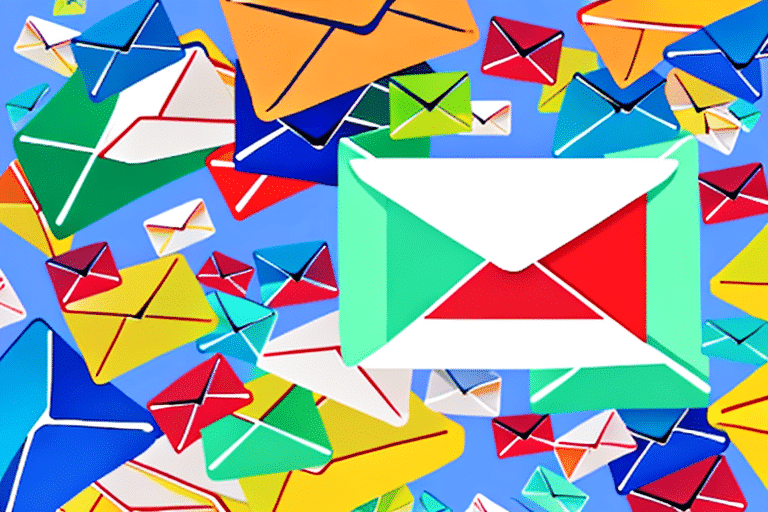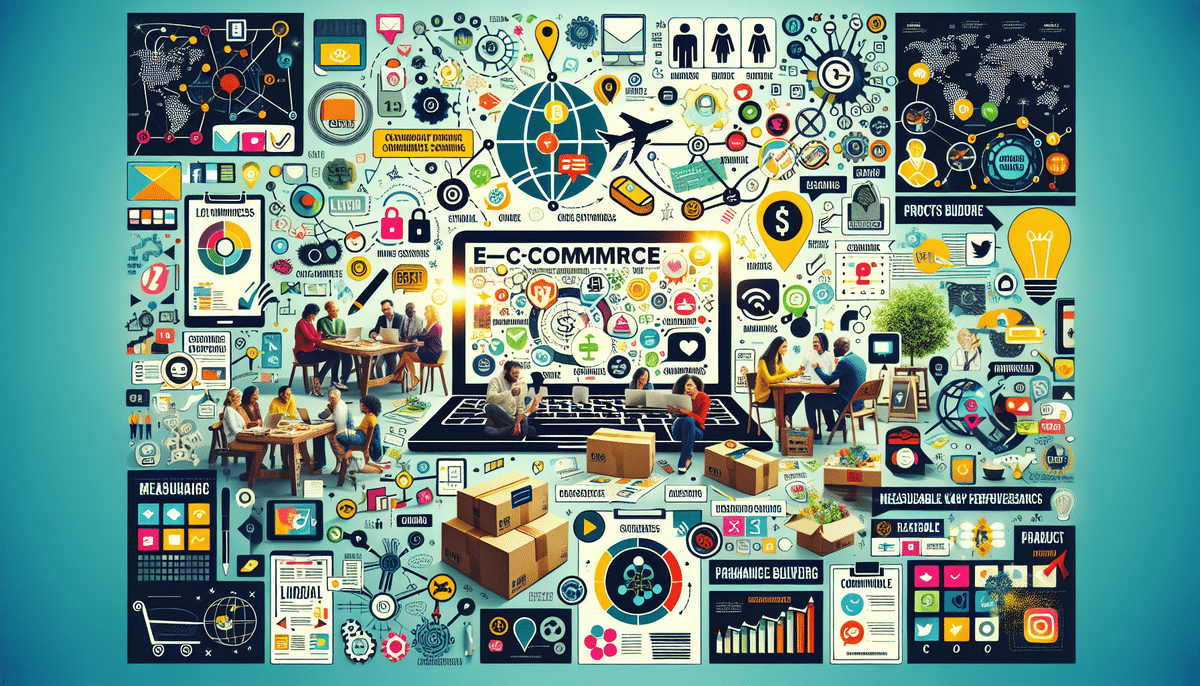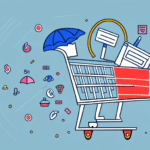The Importance of Customer Retention for Business Growth
Customer retention is a critical factor for business success, directly influencing revenue and profitability. Research from Harvard Business Review indicates that acquiring a new customer can cost up to five times more than retaining an existing one. Moreover, loyal customers are more likely to make repeat purchases, spend more on products and services, and refer new customers through word-of-mouth and social media. Building a loyal customer base not only reduces marketing costs but also drives sustainable revenue growth by fostering a community of brand advocates.
Leveraging Email Marketing for Customer Retention
Personalization in Email Marketing
Personalization is a key element in effective email marketing. Emails that address customers by their names and tailor content based on past behaviors have significantly higher open and click-through rates. According to Statista, personalized emails deliver six times higher transaction rates. Utilizing data such as purchase history, location, and browsing behavior allows businesses to send relevant promotions and information, enhancing customer engagement and loyalty.
Subject Line Strategies to Increase Open Rates
The subject line is the first interaction a customer has with an email. Crafting compelling subject lines can greatly influence open rates. Strategies include:
- Personalization: Including the recipient's name or other personal details.
- Use of Questions: Engaging the reader with a relevant question.
- Urgency and Scarcity: Creating a sense of urgency to prompt immediate action.
- Numbers and Lists: Incorporating numbers to highlight specific benefits or features.
Studies from Campaign Monitor show that subject lines with fewer than 50 characters have higher open rates. Avoiding spam trigger words like "free" or "limited time offer" also helps in ensuring emails reach the inbox.
Crafting Compelling Email Messages
The body of the email must be clear, concise, and provide value to the recipient. Effective email messages should:
- Provide Valuable Content: Offer information or promotions that are genuinely useful to the customer.
- Include a Clear Call to Action (CTA): Encourage specific actions such as making a purchase or visiting a website.
- Maintain Professionalism: Ensure the email is free from spelling and grammar errors to establish credibility.
Personalizing the content by addressing the customer by name and referencing their past interactions can significantly enhance engagement and loyalty.
Designing Effective Email Templates
Tips for Creating Templates
Effective email templates ensure consistency and save time in email marketing campaigns. Key tips include:
- Simplicity: Keep the design clean and easy to navigate.
- Clear Language: Use concise and straightforward language to communicate the message.
- Strong CTA: Position the call to action prominently to guide the reader towards the desired action.
- Segmentation: Develop different templates for various customer segments to increase relevance.
Ensuring Mobile-Friendliness
With over 50% of emails being opened on mobile devices, it's essential that email templates are optimized for mobile viewing. This involves:
- Responsive Design: Automatically adjusts to different screen sizes.
- Legible Fonts: Use font sizes that are easy to read on smaller screens.
- Optimized Images: Use images that load quickly without compromising quality.
According to Pepperjam, mobile-optimized emails can increase open rates by up to 20%.
Measuring and Optimizing Email Campaigns
Key Metrics to Track
Measuring the success of email campaigns involves tracking various metrics, including:
- Open Rate: The percentage of recipients who open the email.
- Click-Through Rate (CTR): The percentage of recipients who clicked on one or more links within the email.
- Conversion Rate: The percentage of recipients who completed a desired action, such as making a purchase.
- Revenue Generated: The total income generated from the email campaign.
- Unsubscribe Rate: The percentage of recipients who opted out of receiving future emails.
Monitoring these metrics helps businesses understand the effectiveness of their campaigns and identify areas for improvement.
Best Practices for A/B Testing Your Emails
A/B testing involves comparing two versions of an email to determine which performs better. Best practices include:
- Test One Element at a Time: Focus on a single variable, such as subject line or CTA, to accurately measure its impact.
- Use a Large Sample Size: Ensure the test is statistically significant to draw reliable conclusions.
- Define Clear Hypotheses: Understand what you aim to achieve with each test.
- Analyze and Implement Results: Use the insights gained to optimize future campaigns.
According to Optimizely, A/B testing can improve email performance by up to 49% when implemented correctly.
Advanced Strategies for Customer Retention
Segmentation for Maximum Impact
Segmenting your email list based on customer behavior, demographics, and preferences allows for more targeted and relevant messaging. Effective segmentation strategies include:
- Behavioral Segmentation: Grouping customers based on their interactions with your brand.
- Demographic Segmentation: Categorizing customers by age, gender, location, etc.
- Purchase History: Tailoring emails based on past purchases to recommend related products.
By sending personalized messages to segmented groups, businesses can significantly boost open rates, CTR, and overall engagement.
Re-Engagement Strategies for Inactive Subscribers
Inactive subscribers can detract from the effectiveness of email campaigns. Strategies to re-engage them include:
- Personalized Messages: Sending customized emails that address the reasons for inactivity.
- Exclusive Promotions: Offering special discounts or incentives to encourage reactivation.
- Highlighting Benefits: Reminding subscribers of the value and benefits they gain from your products or services.
Implementing targeted re-engagement campaigns can help recover lost subscribers and maintain a healthy email list.
Automating Your Customer Retention Emails
Marketing automation streamlines the process of sending timely and relevant emails based on customer actions and triggers. Key automation strategies include:
- Welcome Series: Sending a series of welcome emails to new customers to introduce the brand.
- Cart Abandonment Emails: Reminding customers of items left in their shopping cart.
- Post-Purchase Follow-ups: Thanking customers for their purchase and encouraging reviews or referrals.
Automation ensures consistent communication with customers, enhances their experience, and drives retention without requiring constant manual effort.
Common Mistakes and Future Trends in Customer Retention Email Marketing
Common Mistakes to Avoid
Even with effective strategies, certain mistakes can undermine email marketing efforts:
- Sending Too Many Emails: Bombarding customers can lead to fatigue and increased unsubscribe rates.
- Lack of Personalization: Generic emails fail to engage and resonate with recipients.
- Spammy Subject Lines: Using misleading or triggering words can result in emails being marked as spam.
- Insufficient Value: Failing to provide meaningful content or offers can reduce engagement.
Avoiding these pitfalls is essential for maintaining a positive relationship with customers and ensuring the effectiveness of email campaigns.
Future Trends in Customer Retention Email Marketing
The landscape of email marketing is evolving with emerging technologies and changing consumer behaviors. Key future trends include:
- Artificial Intelligence for Personalization: Using AI to analyze customer data and deliver highly personalized content.
- Interactive Email Elements: Incorporating videos, surveys, and interactive features to enhance engagement.
- Integration with Social Media: Leveraging social platforms and influencer partnerships to amplify email campaigns.
Staying ahead of these trends allows businesses to innovate their email marketing strategies and maintain a competitive edge in customer retention.
Conclusion
Email marketing remains a powerful tool for enhancing customer retention and engagement. By implementing effective email templates, personalizing content, leveraging automation, and continuously measuring performance, businesses can foster strong relationships with their customers. Adhering to best practices and staying informed about emerging trends will ensure that email marketing efforts contribute significantly to business growth and customer loyalty.




















